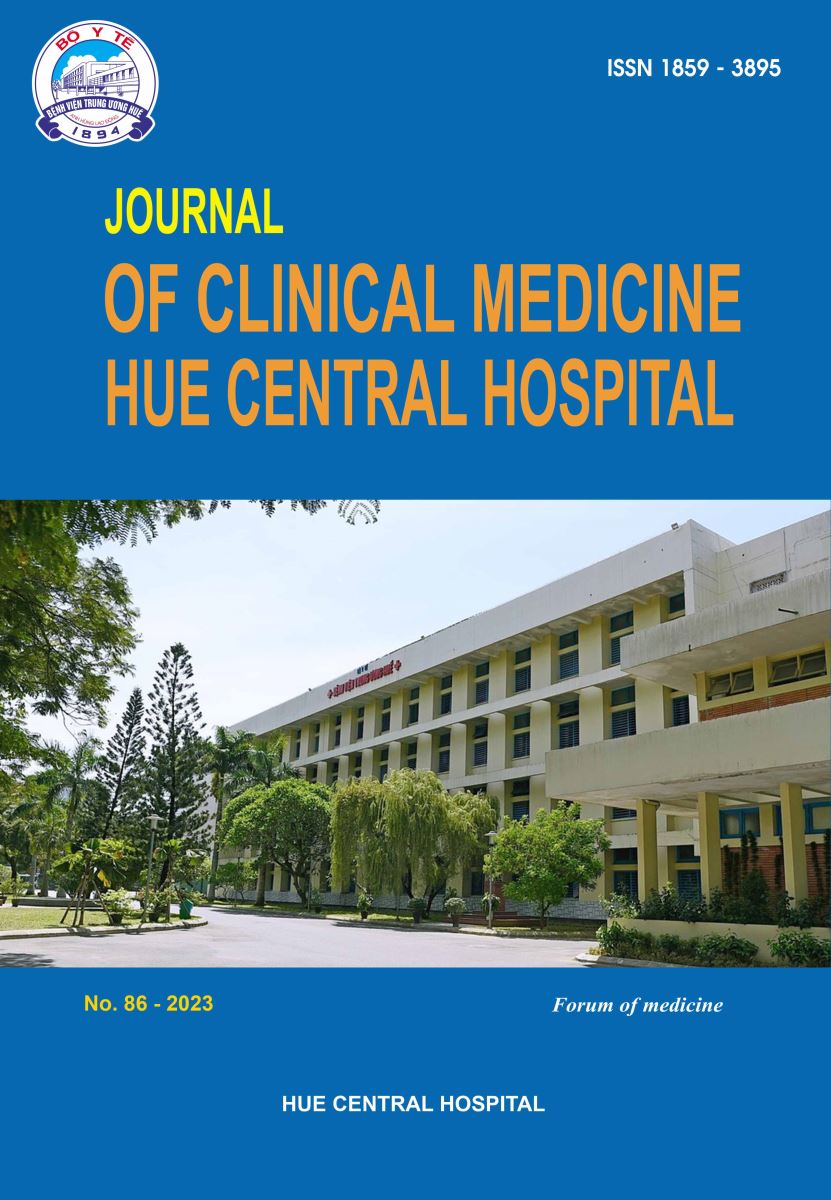Abstract
Introduction: Carotid web is a focal variant of fibromuscular dysplasia, creating a septal in the carotid bulb, from which thrombosis can occur and may cause stroke. It is a rare disease and there is not enough evidence to establish optimal treatment.
Case report: We report on three patients with carotid web - related strokes: two males (ages 57 and 68) and one female (age 43). Despite optimal medical treatment, both male patients experienced early recurrent strokes, while the female patient presented with a first - time stroke. All three patients underwent carotid stenting, and during a follow - up period of up to 3 years, there were no procedure - related complications or recurrent stroke events.
Conclusion: Carotid web is a cause of ischemic stroke with a high risk of recurrence. Carotid stenting is a safe and effective option for long - term prevention of stroke recurrence. There fore, carotid artery imaging should be carefully evaluated, with attention paid to carotid web in patients with cryptogenic stroke.
References
Menon BK, Demchuk AM. Carotid web and stroke. European journal of neurology. 2014;21(1):e9-e53.
Coutinho JM, Derkatch S, Potvin ARJ, Tomlinson G, Casaubon LK, Silver FL, et al. Carotid artery web and ischemic stroke: a case-control study. Neurology. 2017;88(1):65-69.
Singh D, Trivedi A, Qazi E, George D, Wong J, Demchuk AM, et al. Carotid webs and recurrent ischemic strokes in the era of CT angiography. American journal of neuroradiology. 2015;36(11):2134-2139.
Sajedi PI, Gonzalez JN, Cronin CA, Kouo T, Steven A, Zhuo J, et al. Carotid bulb webs as a cause of “cryptogenic” ischemic stroke. American Journal of Neuroradiology. 2017;38(7):1399-1404.
Joux J, Chausson N, Jeannin S, Saint-Vil M, Méjodubl M, Hennequin J-L, et al. Carotid-bulb atypical fibromuscular dysplasia in young Afro-Caribbean patients with stroke. Stroke. 2014;45(12):3711-3713.
Ozaki D, Endo T, Suzuki H, Sugiyama S-i, Endo K, Itabashi R, et al. Carotid web leads to new thrombus formation: computational fluid dynamic analysis coupled with histological evidence. Acta neurochirurgica. 2020;162(10):2583-2588.
Compagne KCJ, Dilba K, Postema EJ, van Es AGCM, Emmer BJ, Majoie CBLM, et al. Flow patterns in carotid webs: a patient-based computational fluid dynamics study. American Journal of Neuroradiology. 2019;40(4):703-708.
Guglielmi V, Compagne KCJ, Sarmani AH, Sluis VM, Van Den Berg LA, Van Der Sluijs PM, et al. Assessment of recurrent stroke risk in patients with a carotid web. JAMA neurology. 2021;78(7):826-833.
Zhang AJ, Dhruv P, Choi P, Baker K, Koffel J, Anderson D, et al. A systematic literature review of patients with carotid web and acute ischemic stroke. Stroke. 2018;49(12):2872-2876.
Kleindorfer DO, Towfighi A, Chaturvedi S, Cockroft KM, Gutierrez J, Lombardi-Hill D, et al. 2021 Guideline for the prevention of stroke in patients with stroke and transient ischemic attack: a guideline from the American Heart Association/American Stroke Association. 2021; 52:e364-e467.
Haussen DC, Grossberg JA, Koch S, Malik A, Yavagal D, Gory B, et al. Multicenter experience with stenting for symptomatic carotid web. Interventional neuroradiology. 2018;7413-418.
Sadikin C, Teng MMH, Yeh C-C, Chang F-C, Liao C-B. Morphological changes of unruptured aneurysms after receipt of carotid angioplasty and stenting (CAS). European journal of radiology. 2008;65(3):434-441.
Walcott BP, Stapleton CJ, Choudhri O, Patel AB. Flow diversion for the treatment of intracranial aneurysms. JAMA neurology. 2016;73(8):1002-1008.
| Published | 20-05-2023 | |
| Fulltext |
|
|
| Language |
|
|
| Issue | No. 86 (2023) | |
| Section | Case report | |
| DOI | 10.38103/jcmhch.86.8 | |
| Keywords | Carotid web, stroke, carotid stenting |

This work is licensed under a Creative Commons Attribution-NonCommercial-NoDerivatives 4.0 International License.
Copyright (c) 2023 Journal of Clinical Medicine Hue Central Hospital

